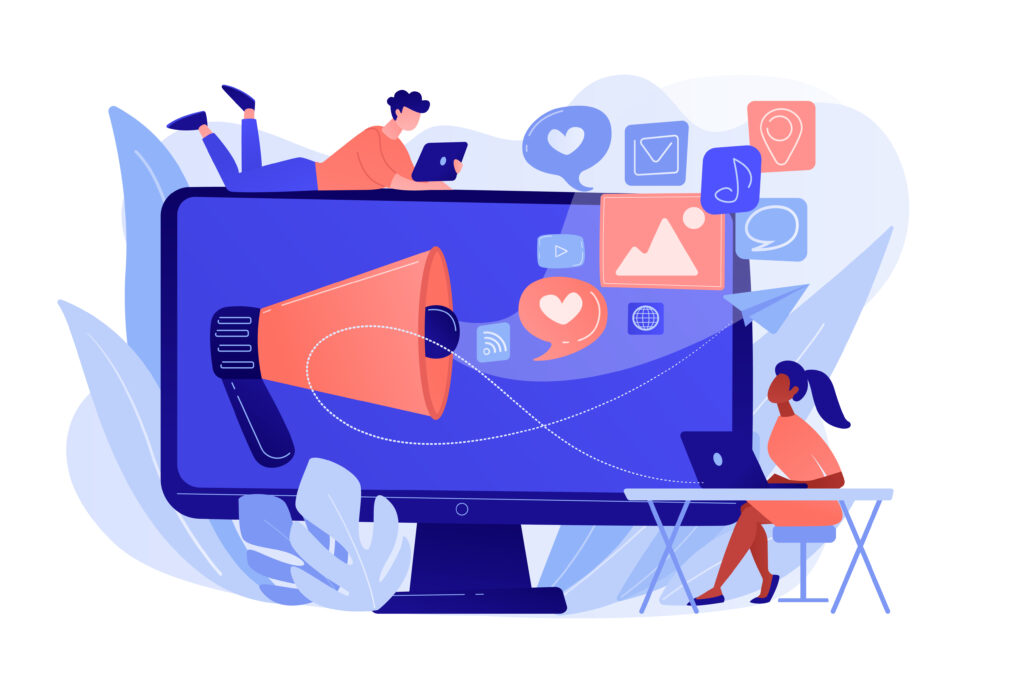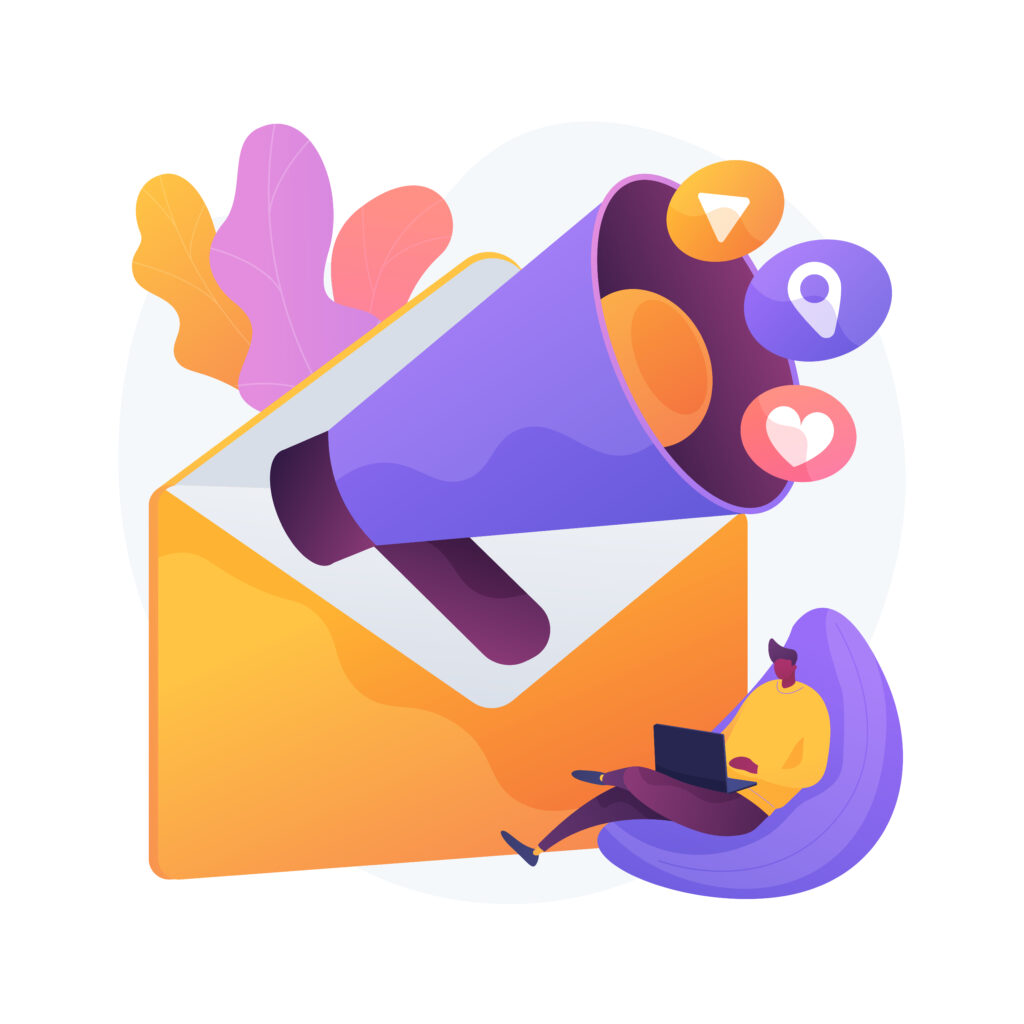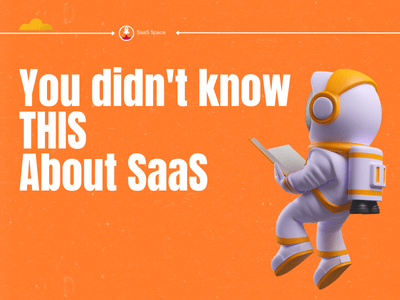Why Email Marketing Still Delivers in 2025
Email marketing isn’t exciting. It’s not new. It’s not disruptive. But it still works—and the numbers haven’t stopped proving it. In a digital marketing landscape obsessed with reach and virality, email gives you something other channels can’t: direct, owned access to your audience. You’re not competing with a thousand cat videos or paying to bypass a gatekeeper. You’re in their inbox, unfiltered.
What’s more, email adapts. It works at every stage of the funnel and is built for both broadcast and one-to-one communication. Want engagement metrics that actually tie to revenue? Email provides those. Want a tool that fits everything from SaaS onboarding to eCommerce reactivation? Email handles both.
And historically? The first marketing email was sent by Gary Thuerk in 1978. It was a promo for a new DEC computer. It made $13 million. The volume and tools have changed, but the direct line between message and money hasn’t.

Ownership, Infrastructure, and Real Reach
Digital marketers don’t talk enough about infrastructure. Most of the shiny platforms—Instagram, TikTok, LinkedIn—are rented space. They can shadowban, throttle, or wipe your reach without explanation. Email doesn’t play by those rules. Your email list is yours. It’s not just data—it’s your direct channel to every customer who’s opted in.
This isn’t just theory. Across most industries, open rates sit around 21%. But in B2B tech and SaaS, they often go higher—especially when the emails are segmented properly. HubSpot’s own numbers say targeted campaigns can boost revenue by over 700%. And yes, that’s accurate.
What makes email stand out isn’t just performance—it’s control. You own the pipeline. No middlemen, no shifting algorithms. A working setup usually includes a CRM like HubSpot or Zoho, an ESP like Mailchimp or Mailmodo, and a builder that handles AMP, dynamic content, and layouts that actually look right on mobile. That’s not bells and whistles. It’s the foundation for building automated flows, reacting to user behavior, and keeping everything scalable.
Take onboarding in a SaaS app. It shouldn’t be a single welcome email tossed into the void. It should react. If someone signs up and skips step two in setup, the next message they get needs to address that exact drop-off—not send them a random blog post.
It reacts. If they complete Setup Step 1 but skip Step 2, the next email should nudge that specific action. Tools like Mailmodo support interactive email flows that let users perform actions—like completing a survey or booking a demo—inside the email itself. This removes the friction of extra clicks and shortens the conversion path.
And unlike with paid search or social ads, cost doesn’t scale linearly. Adding another 10,000 subscribers doesn’t multiply your spend by 10,000. With email, your cost per message barely budges, even as your list grows. That’s the hidden power of owning your channel.
The Role of Tools: Powering Campaigns with an Email Builder
A critical factor in scaling successful campaigns is utilizing modern tools, such as an email builder. These applications enable marketers to create professional, responsive emails without requiring high technical skills. By supporting drag-and-drop personalization, dynamic content placement, and A/B testing functionality, an email builder streamlines the process of sending visually appealing and performance-enhanced messages. Secondly, best-of-breed builders are fully integrated with CRM platforms and analytics dashboards, enabling precise segmentation and performance measurement. This level of control is crucial for refining messaging strategies to accommodate evolving audience needs and preferences.
So let’s kill the myth that email is just for newsletters. In 2025, effective email campaigns are tightly engineered systems built around user behavior, business goals, and lifecycle stages.
Cart abandonment flows? Still effective. According to Moosend, abandoned cart emails have a 45% open rate and can recover up to 10% of lost sales. Welcome sequences? Critical. Onboarding emails have 4x the open rates of regular campaigns. But here’s the catch: none of this works without proper segmentation and intent-based automation.
Behavioral triggers matter more than broadcast schedules. What do you do when a customer clicked a product link, but didn’t buy it? They need to see it again. Make it personal. Send them a reminder email with that exact product, not a newsletter. Same with leads who download content. If someone grabbed your whitepaper last week, you don’t ghost them or send just any fluff. Yoo follow up with something that actually helps them decide. A real case study. A demo slot. Not a drip campaign for the sake of “nurturing,” but something with weight and timing.
Good email marketing builds logic trees. Example: User signs up → completes profile → doesn’t activate → system waits 48 hours → sends activation email with FAQ video. This is basic marketing automation, and it converts. Not in theory—in actual numbers. According to Litmus, automated email campaigns get 80% higher open rates and 300% higher click rates than non-automated ones.
This isn’t just for B2C. In B2B, especially SaaS, lifecycle emails are the difference between churn and retention. Product usage drops? Trigger a “we miss you” email with a use-case refresher. Account gets close to expiration? Fire off renewal CTAs based on their plan usage. The goal isn’t “send more.” It’s “send exactly what they need, when they need it.”
If your email system isn’t designed around this kind of flow, it’s not underperforming because email is outdated—it’s underperforming because the strategy is lazy.

Strategic Positioning in the Funnel
Email doesn’t sit in one place in the funnel. It moves. And more importantly, it moves with your customers.
At the top, email plays the role of collector. Lead magnets like webinars, eBooks, or freemium tools trade value for a name and email address. If that content is tied to a well-built drip sequence, the user is nurtured automatically. A cold lead can warm up without a sales rep lifting a finger.
Middle-funnel is where email pulls its weight. Educational series, comparison guides, testimonials, and behind-the-scenes product breakdowns help qualify interest. And here’s where a lot of marketers mess up: they stop segmenting. Middle-funnel content should be industry-specific, pain-point-specific, or even location-specific when it makes sense. If you’re selling B2B software, don’t send the same email to both IT leads and procurement managers. They care about different things.
The bottom of the funnel is all about timing. Urgency, exclusivity, and incentives are useful, but only if they’re real. A “limited-time offer” that reappears every two weeks loses credibility fast. The best-performing campaigns in this phase often come from behavioral nudges. If someone added a product to their cart, remind them once. When they open the reminder, wait 12 hours and follow up with a discount. If they don’t, try a social proof email with a customer review.
After purchase, email doesn’t stop. Post-purchase sequences for onboarding, upsells, referral requests, and NPS surveys are just as important as acquisition campaigns. Brands that do this well—like Amazon or Notion—keep customers engaged long after the buy button gets clicked.
And that’s the part people miss. Email isn’t just pushing products—it’s a diagnostic tool. When someone opens, clicks, ignores, or unsubscribes, they’re telling you what works and what doesn’t. You can trace patterns, spot friction, and adjust fast. It’s not just about conversions. It’s about watching behavior in a controlled system. Social might give you reach, but email gives you signals. It shows you who’s paying attention and who’s slipping away—across marketing, product, and support.
Conclusion: Email Isn’t Optional. It’s Part of the Machine.
There’s no silver bullet in digital. But if there’s one channel that does the quiet work—the follow-ups, the nudges, the reminders, the retention—it’s email. No drama, no guesswork. Just structured messaging that lands where it needs to land.
If you build your system right, email doesn’t just support marketing. It keeps your ops tight, fuels product testing, surfaces churn risk even helps sales close faster and customer success act earlier.
Most companies don’t fail at email because the tool is weak. They fail because the strategy is lazy. No targeting or behavior triggers. No learning from what the data’s screaming back.Fix that. Rethink the system. Email can pull its weight—if you let it.

- Top 10 Best Sites to Buy Quora Upvotes - September 3, 2025
- How New Technology Is Changing the Face of Customer Support - August 18, 2025
- How SaaS Tools Are Streamlining Contractor Operations - August 14, 2025


